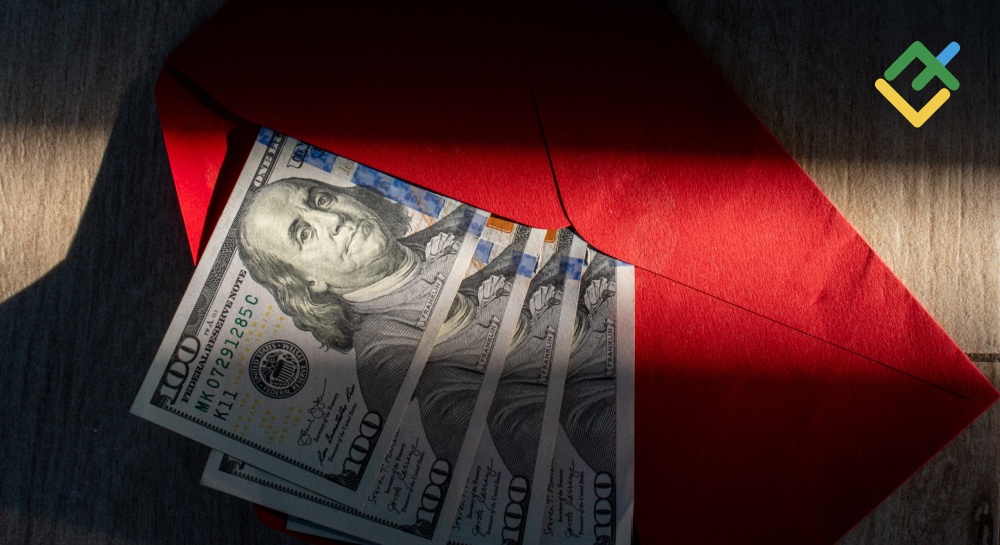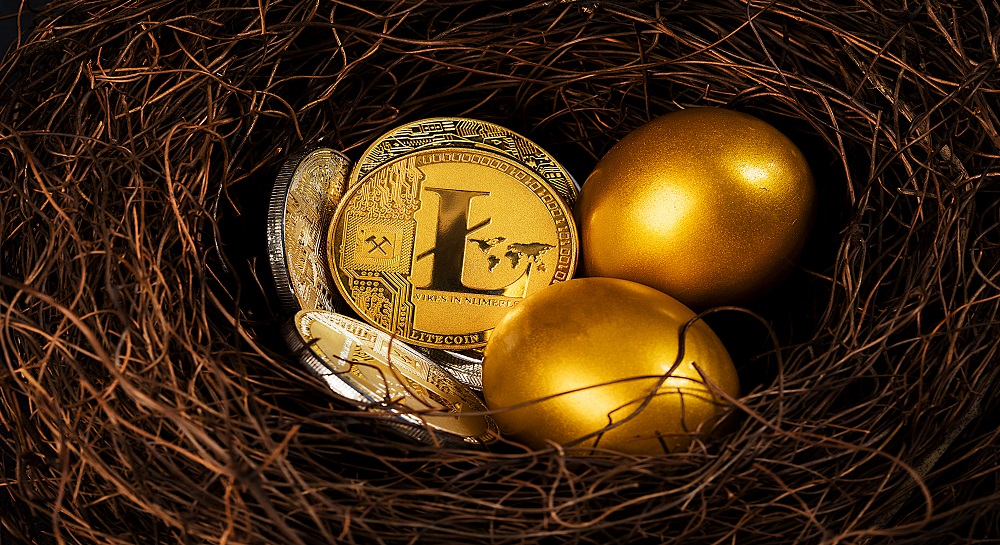Investing.com — Despite a mixed demand landscape, where official sector and OTC investments shine while China and jewelry markets lag, Citi Global Research remains confidently bullish on gold prices. The brokerage projects that gold prices will continue their upward trajectory, with a target of $2,500 per ounce for the short term and $3,000 per ounce over the next 12 months.
Demand dynamics:
Official sector purchases: Central bank gold demand remains robust, despite a recent pause in reported purchases by the People’s Bank of China (PBOC).
Citi expects a continued upward trend in official sector gold holdings due to de-dollarization and reserve diversification, forecasting a healthy 941 tons of demand in 2024.
OTC and ETFs: OTC demand has surged, showing a more than 50% year-over-year increase in Q2 2024, driving overall gold consumption to a seasonal record. Bullion ETF outflows, which had been consistent for years, began to reverse in late Q2 2024, with net inflows picking up pace in July.
Citi projects 50 tons of net inflows for 2024 and 275 tons for 2025, suggesting a strengthening trend in investor gold demand.
China and Jewelry: On the flip side, gold demand in China and jewelry sectors has softened. Chinese retail demand is expected to remain weak in Q3 before potentially rebounding later in the year.
Jewelry demand, heavily impacted by high prices and inflationary pressures, has seen a sharp decline, with projections for 2024 indicating a 9.5% year-over-year drop.
Investment demand and market trends:
As per analysts, gold’s price outlook remains positive due to the expected increase in physical investment demand in 2024 and 2025, to 83% and 85% respectively.
This elevated level of investment demand is reminiscent of previous bullish phases in the gold market, supporting the projection for gold prices to reach $3,000 per ounce over the next 12 months.
The brokerage also notes that the shifting dynamics in the gold market—driven by resilient central bank purchases, robust OTC demand, and a potential turnaround in ETF flows—could mitigate the impact of weaker retail and jewelry demand.
This post is originally published on INVESTING.






